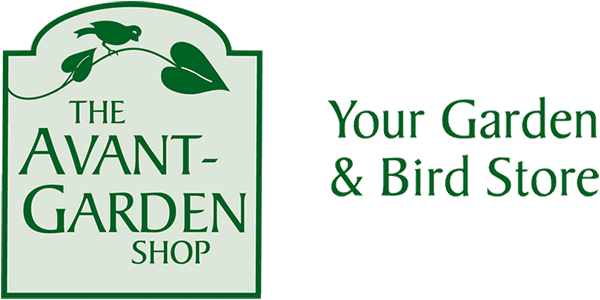CHEX TV air date: June 14th, 2013
Click here to watch this episode of?The Garden Gate.
Brightly colored butterflies and moths can be a welcome addition to your wildlife garden, not only because of their beauty, but also because of their usefulness in pollinating flowers.
Attracting butterflies and moths involves incorporating plants that serve the needs of all life stages of the butterfly. The insects need places to lay eggs, food plants for their larvae (caterpillars) and nectar sources for adults. ?With a little research you can determine what needs to go into your butterfly garden.
Butterfly & Moth, Garden Necessities
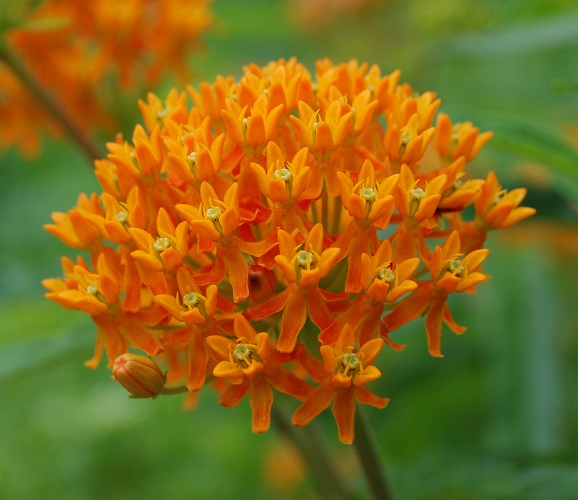 Plant native flowering plants: Butterflies and moths rely heavily on local native flowering plants for survival and reproduction. Native plants provide butterflies with the nectar or foliage they need as adults and caterpillars.? The Ecology Park has a list of local natives that will provide what our local butterfly?s need. They also sell many of these plants.
Plant native flowering plants: Butterflies and moths rely heavily on local native flowering plants for survival and reproduction. Native plants provide butterflies with the nectar or foliage they need as adults and caterpillars.? The Ecology Park has a list of local natives that will provide what our local butterfly?s need. They also sell many of these plants.
Plant type and color is important: Adult butterflies are attracted to bright colours such as red, yellow, orange, pink and purple blossoms that are flat-topped or clustered and have short flower tubes.
Plant good nectar sources in the sun: Your key butterfly nectar source plants should receive full sun from mid-morning to mid-afternoon. Butterfly adults generally feed only in the sun. If sun is limited in your landscape, try adding butterfly nectar sources to the vegetable garden.
Plant for continuous bloom: Butterflies need nectar throughout the adult phase of their life span. Try to plant so that when one plant stops blooming, another begins.
Say no to insecticides: Insecticides are marketed to kill insects. Don’t use these materials in or near the butterfly garden or better, anywhere on your property. Even “benign” insecticides, such as Bacillus thuringiensis, are lethal to butterflies (while caterpillars).
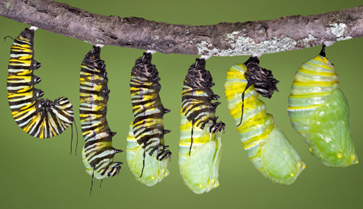 Feed butterfly caterpillars: If you don’t “grow” caterpillars, there will be no adults. Bringing caterpillar foods into your garden can greatly increase your chances of attracting unusual and uncommon butterflies, while giving you yet another reason to plant an increasing variety of native plants. In many cases, caterpillars of a species feed on only a very limited variety of plants. Most butterfly caterpillars never cause the leaf damage we associate with some moth caterpillars such as bagworms, tent caterpillars, or gypsy moths.
Feed butterfly caterpillars: If you don’t “grow” caterpillars, there will be no adults. Bringing caterpillar foods into your garden can greatly increase your chances of attracting unusual and uncommon butterflies, while giving you yet another reason to plant an increasing variety of native plants. In many cases, caterpillars of a species feed on only a very limited variety of plants. Most butterfly caterpillars never cause the leaf damage we associate with some moth caterpillars such as bagworms, tent caterpillars, or gypsy moths.
Provide a place for butterflies to rest: Butterflies need sun for orientation and to warm their wings for flight. Place flat stones in your garden to provide space for butterflies to rest and bask in the sun.
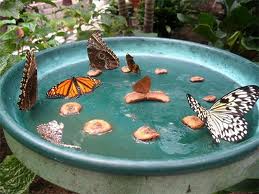 Give them a place for puddling: Butterflies often congregate on wet sand and mud to partake in “puddling,” drinking water and extracting minerals from damp puddles. Place coarse sand in a shallow pan and then insert the pan in the soil of your habitat. Make sure to keep the sand moist.
Give them a place for puddling: Butterflies often congregate on wet sand and mud to partake in “puddling,” drinking water and extracting minerals from damp puddles. Place coarse sand in a shallow pan and then insert the pan in the soil of your habitat. Make sure to keep the sand moist.
?Common Butterflies and Moths and the Plants Their Caterpillars Eat
- Black Swallowtail – parsley, dill, fennel, common rue
- Cecropia Moth – many trees and shrubs, including birch, lilac, cherry, apple, willow, ashes and elms.
- Eastern Tiger Swallowtail – wild black cherry, ash, tulip tree, willow, sweetbay, basswood
- Five spotted hawk moth (Tomato Horn worm)– Larvae ? plants in the nightshade family such ground cherry, potato and tomato.? Adults ? seek nectar from Japanese honeysuckle, bouncing bet, tobacco and a variety of garden plants such as petunia
- Great spangled fritillary – Violets
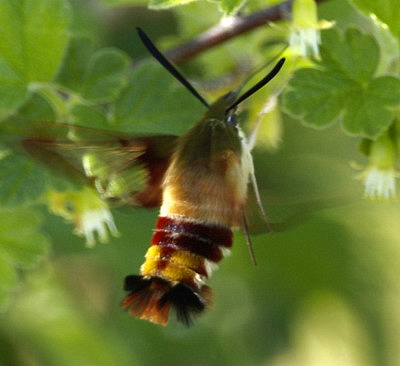 Hummingbird moth – Larvae ? viburnums, hawthorns, honeysuckles, snowberry, cherries, plums
Hummingbird moth – Larvae ? viburnums, hawthorns, honeysuckles, snowberry, cherries, plums
Adults ? seek nectar from bergamot, beebalm, lilac, red clover, phlox, Japanese honeysuckle and thistles- Luna Moth – birch preferred, but also walnut and several other tree species
- Monarch ? milkweeds, butterfly bush
- Mourning Cloak – willow, elm and birch
- Painted Lady – composite flowers, including thistles, knapweed, burdock and others
- Polyphemus Moth – many trees, including oak, birch, ash, grape, hickory, maple
- Red Admiral/White Admiral – wild cherries, black oaks, aspens, yellow and black birch
- Silver-Spotted Skipper – pea family; black locust, hog peanut, showy tick trefoil, false indigo
- Sphinx Moth – poplars and willows
- Sulphurs – clover, peas, vetch, alfalfa, asters
- Variegated Fritillary – passion flower, violets, stonecrop, purslane
- Viceroy – willows, cottonwood, aspen and poplar
- Wooly Bear Moth – Larvae ? many low growing herbaceous and woody plants such as asters, dandelion, plantain, grass, nettle, clover, meadowsweet
Adults ? a variety of flowers
Resources: National Wildlife Federation, Ontario Nature Magazine
